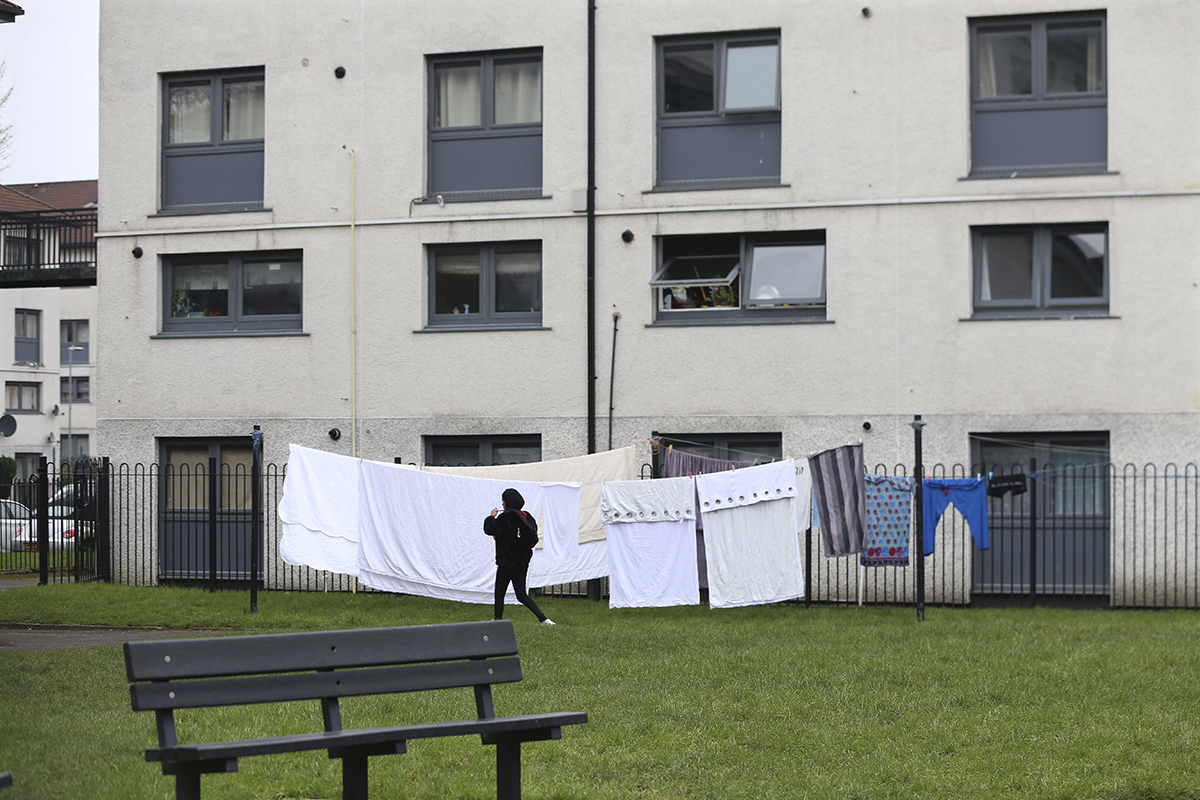You are viewing 1 of your 1 free articles
 Aileen Evans
Aileen EvansAileen Evans is Chief Executive Officer of Grand Union Housing Group and at the end of June 2021 completed her term as the president of ...more
Joining the dots
It is time we created a housing system which solves problems for those who will never be able to buy a property or can’t afford to rent privately, says Aileen Evans
 Aileen Evans
Aileen EvansAileen Evans is Chief Executive Officer of Grand Union Housing Group and at the end of June 2021 completed her term as the president of ...more

Source: Shutterstock
I have primary school age children and like many other parents have ways of entertaining them on long journeys, one of which is that they join the dots in their dot-to-dot books to create a whole picture.
Recently, various publications and tweets have made me think that sometimes life can be a bit like a dot-to-dot book. Take the provision of housing for instance. If we look at what various bits of data and case studies are telling us in respect of what’s available for people trying to find homes they can afford to live in, then this leads us to some conclusions, and a bigger picture, about how we can address the issue.
First there was this blog from John Bibby at Shelter. He has been analysing what the latest Office of National Statistics Rent index was telling us. It’s no surprise to any of us that rent inflation is outstripping wage inflation – rents are now 4.5% higher relative to earnings than they were five years ago. That 4.5% difference might not seem a lot but when you’re a household on a low income and you receive a higher than inflation rent increase (not forgetting that benefits uprating is linked to the Consumer Price Index) then then this does have a big impact. In London, private rents are almost 20% higher than they were in 2011.
“Is it any wonder that so many people, especially those on low incomes, are wondering where on earth they’re going to live?”
Then this local publication from Mid Bedfordshire Citizens Advice Bureau dropped in my inbox, which made depressing reading. It also made points in relation to the high cost of private renting relative to earnings and emphasised that raising a deposit and other up-front costs for a private rented property can be, in itself, a prohibitive cost at between £1,761 and £2,937. What is more disturbing, however, is that between 2012 and 2015, the number of private rented properties available in Central Bedfordshire has dropped by 38% and of those that were available in 2015 just 0.04% had rents that were set within the Local Housing Allowance. It also noted that less than one-third of letting agents had landlords on their books who would accept any tenants on Housing benefit.
So, joining these two dots shows us that the cost of private renting is expensive, is rising faster than people’s earnings and, in some areas there’s a real shortage of it.
Worrying
On top of that there was this graphic posted in a tweet using the #statoftheweek hashtag by Joseph Rowntree Foundation revealing that just 3% of new social housing renters could afford starter homes or shared ownership instead. This must be a worrying statistic for the government whose housing policy is predicated almost entirely on increasing home ownership.
Taking these facts together and joining the dots shows us that private renting is still expensive, there’s not enough of it available in some areas and a whopping 97% of those who are new renters in the social sector couldn’t afford the governments favoured housing products of starter homes or shared ownership.
With a shrinking social housing sector and a redefinition of the word affordable to include those starter homes and other low-cost home ownership products, is it any wonder that so many people, especially those on low incomes, are wondering where on earth they’re going to live?
Positive return
There has been some recognition of the issue recently though in the Institute for Fiscal Studies (IFS) Green Budget – see Jules Birch’s excellent analysis of it here. The document gives a high profile, independent view that building genuinely affordable housing will benefit us all by contributing to ‘a positive financial return’ over the longer term by generating income not only to repay the initial investment but also by yielding a surplus in time. The benefits of this approach were outlined in the report completed by Capital Economics last year for The National Federation of ALMOS and The Campaign for Social Housing (SHOUT) which proved the approach described by the IFS makes good economic and fiscal sense – you can download it here.
Isn’t it about time we joined the dots and created a housing picture which solves the problems for those who will never be able to buy a property or can’t afford to rent privately even if there was somewhere available for them?
I think it is.
Aileen Evans is managing director of Aragon Housing Association








